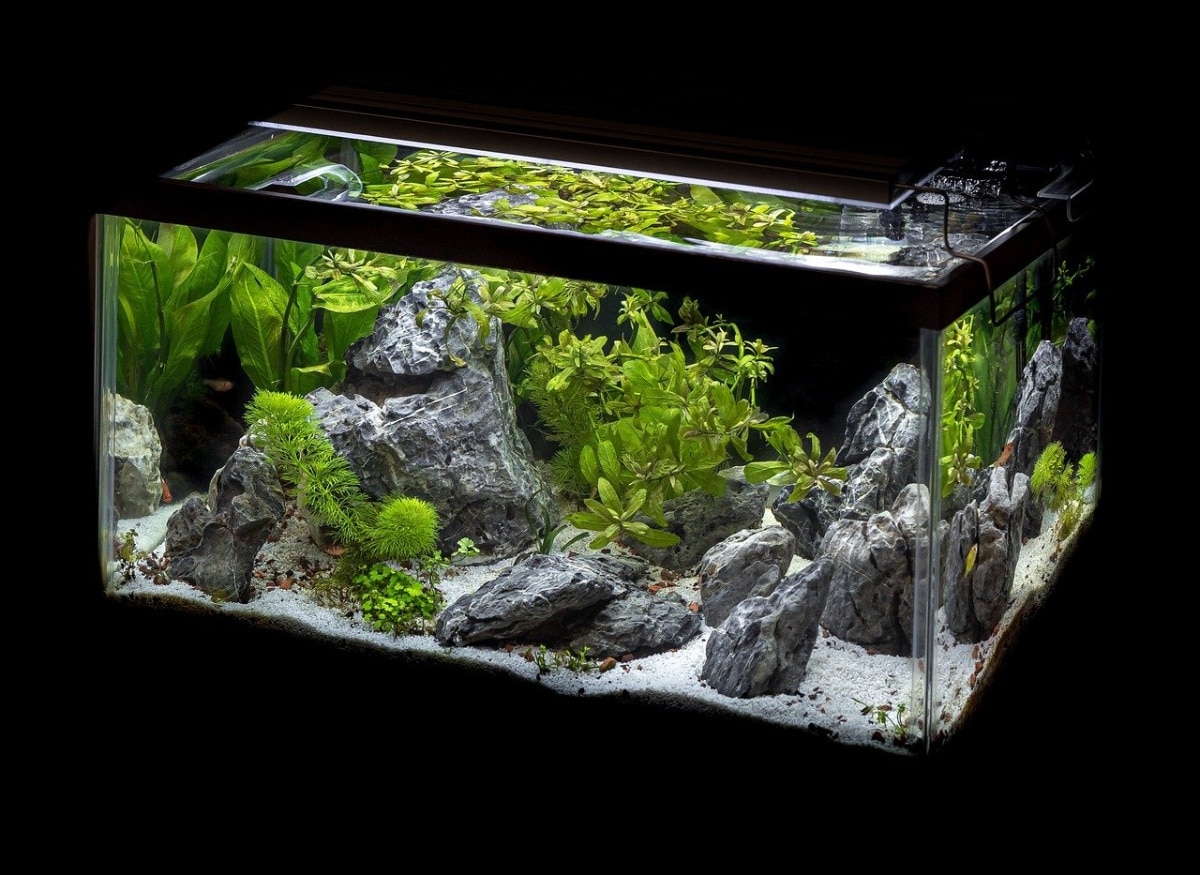
An aquarium thermometer is a basic tool that helps keep aquarium temperatures fully under control. So we can know at first glance if the water is not all hot, or all cold, that it should be, something very important if we want to keep our fish healthy and stress-free.
However, we may have a lot of questions about it: which type is the best? What must be taken into account when mounting it? In which cases is it mandatory to have an aquarium thermometer? We will answer these questions below. In addition, we also recommend that you read this related article about the ideal temperature for freshwater tropical fish.
The best thermometers for aquariums
Is it convenient to have a thermometer in an aquarium?
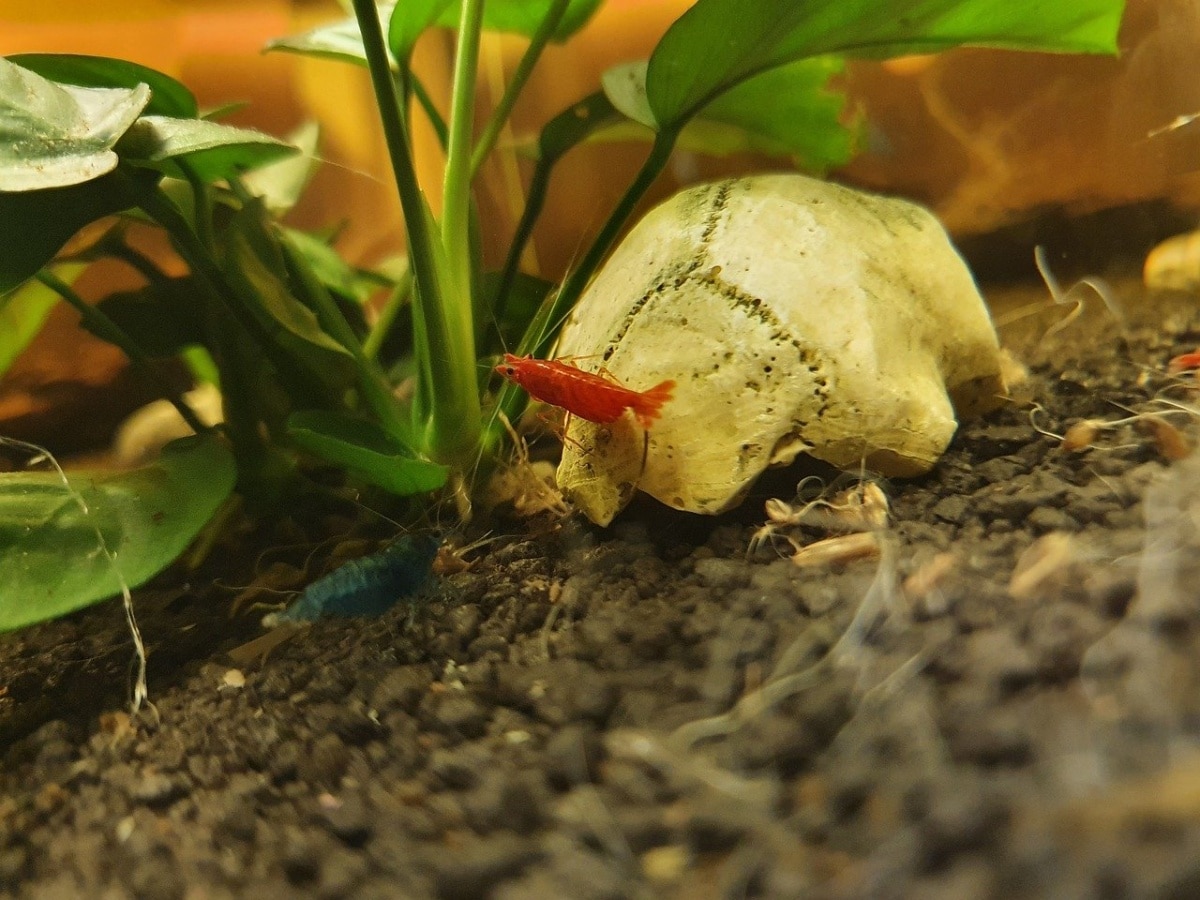
An aquarium thermometer is always a good idea, and not only in cases of tropical aquariums, which need a higher temperature, but in all types of aquariums. The thermometer, By allowing you to monitor the water temperature, it helps to see if the temperature is changing at different times of the day, or even to identify possible problems with the temperature of the water that you have to solve so that your fish and your plants always have good health.
And is that the ecosystem of an aquarium is a very delicate thing, which needs a stable temperature so that everything does not go to hell. Changes in temperature, for example, can make your fish sick, since any change in the water is a major source of stress. That is why it is vital to have this tool, to be able to check the data several times a day (especially if you have changed the water in the tank or after eating), so that at any time you can know its situation.
Types of aquarium thermometer
Among the thermometers for aquariums there are different options, each with its own pros and cons, as we will see below:
Interior
Indoor thermometers, as the name suggests, are placed inside the aquarium, allowing a very accurate reading of the water. Also, if you have a very large aquarium, you can use several at a time to ensure that all the water is the same temperature. They tend to be quite cheap and there are different types so that you can choose the one that best suits your needs and those of your aquarium, for example, with a suction cup, with weights so that they sink, floats ...
However, they have some drawbacks, such as their fragility if they are made of glass, so they are not suitable for aquariums with large fish, or the difficulty of reading the temperature as they are not necessarily glued to the aquarium glass.
LCD
The LCD screen is the way these types of thermometers show the temperature, also known as digital. In addition to the screen, which goes outside the aquarium, they take the temperature with a socket that is placed inside the water, which is one of the most efficient ways that we will find to see the temperature at which the water is.
In addition, usually the screen is quite large and it allows us to see the numbers with a simple glance, which provides an added convenience.
Digital
Digital thermometers are undoubtedly the most efficient when it comes to controlling the temperature of the water in our aquarium. Most consist of a display that shows the temperature, which is placed outside the aquarium, and a sensor that is placed inside (that's why they are so efficient at measuring the temperature, since they are not affected by the outside temperature). Another very interesting option that some models incorporate is an alarm that warns if the water temperature rises or falls too much.
The only but is that they are the most expensive from the list, and that some have a somewhat short sensor cable, so it is advisable to look closely at the specifications before buying them.
Crystal
The most classic of the classics: glass thermometers allow you to measure water temperature the old-fashioned way. They usually incorporate a suction cup or are shaped like a stick to hang them from the glass and retain their vertical shape, which makes it easier to see the temperature. Also, they are very cheap.
However, have a major drawback, their fragility, so they are not a recommended option for aquariums with large or nervous fish. On the other hand, they tend to have very small figures, which can be a bit difficult to read.
With suction cup
Suction cups are one of the Main methods for keeping aquarium thermometers upright. They tend to be very cheap models made of glass, plastic or even consisting of a simple strip.
Although practical and ecological, the suction cups have a fairly obvious drawback, and that is that they fall off frequently, which can be a bummer if we have to check the temperature at different times of the day.
Sticker
Thermometers with sticker They are usually a simple adhesive strip on which the water temperature is marked, but which are placed outside. As we have said before in the case of LCD thermometers, they are very cheap, but, nevertheless, they are unreliable and we must be careful if we place them in the sun, because they may not give the exact temperature at which the water is.
Finally, another advantage is in relation to the operation of these thermometers, since consist of large figures that change color as the temperature of the aquarium varies (a bit like mood rings). By having large figures, they are easy to read.
Water heater with built-in thermometer
Finally, one of the most interesting products that we will find in the world of aquarium thermometers are heaters with a built-in thermometer, which they allow us to kill two birds with one stone: to heat the water (something vital in aquariums with tropical fish) and to measure the temperature so that it is always as it touches.
One drawback they present, however, is that the thermometer may not notice any malfunction of the heater, since, being the same product, if it has a fault it can affect both the heater and the thermometer.
In which cases is having a thermometer in the aquarium mandatory?
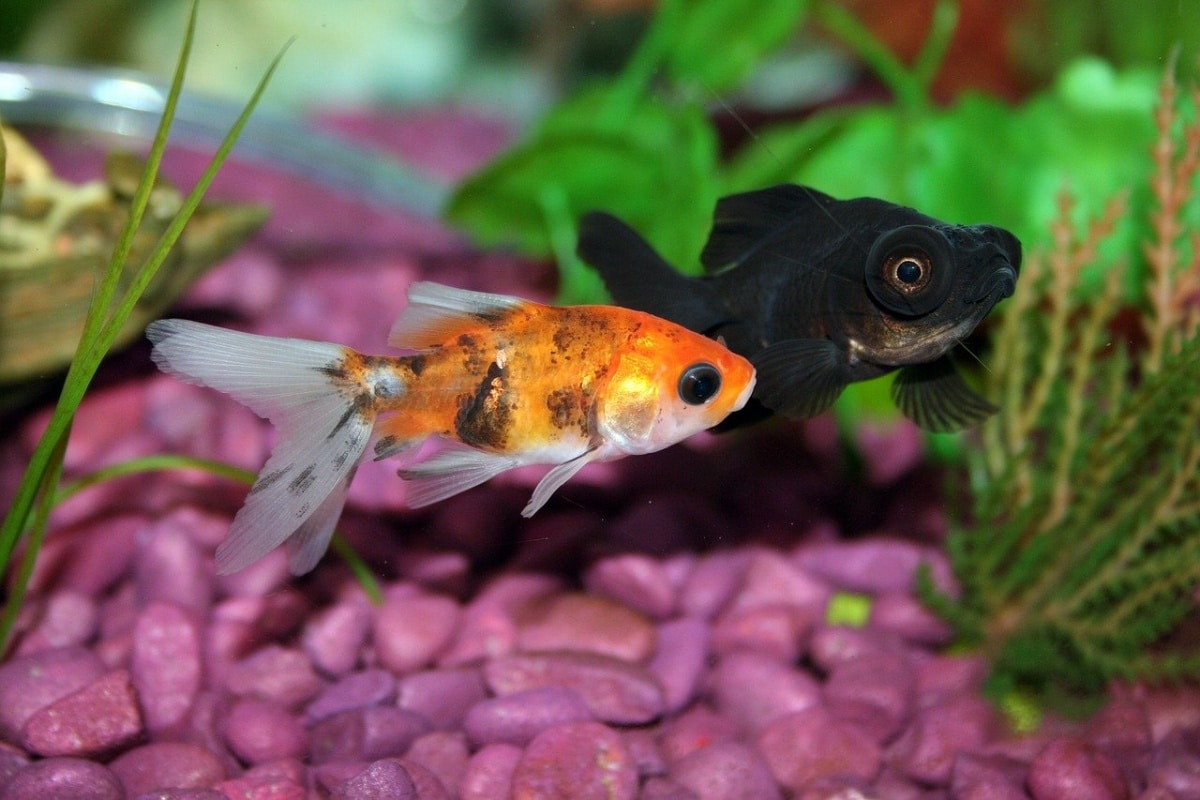
We have already commented previously that having a thermometer in our aquarium is almost mandatory, but it becomes entirely sensible in the following cases:
- In tropical aquariums, having to heat the water and keep it between 22 and 28 degrees, a thermometer is a must. Some models even have this temperature range shaded, so you can see with the naked eye if the temperature is correct or not.
- Al change the aquarium water A thermometer is also an essential tool, as it can warn us of possible fluctuations in the new water. Fish are terribly sensitive to changes in temperature that the water may have, which they are more prone to when carrying out the water change.
- Finally, a thermometer also works wonders for tell you if the water heater has suffered any failure that you may not have noticed. That is why we indicated that it is a good idea to have a separate heater and thermometer, so you will have the certainty that the two work independently.
How to correctly place a thermometer in the aquarium so that it is reliable
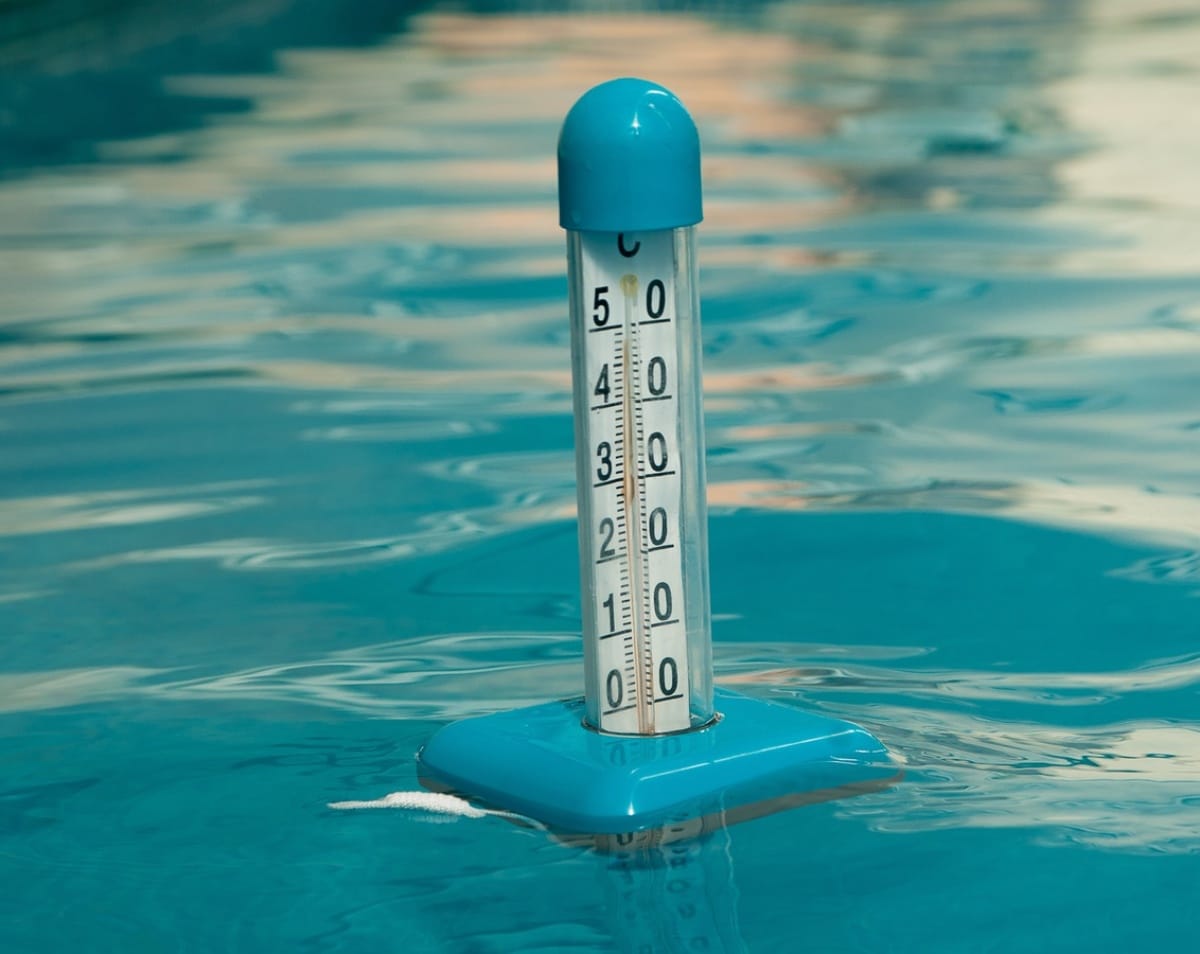
The answer to this section it will depend a lot on the type of thermometer we are using, since each one has a different operation. For instance:
- The sticker thermometers are used to being placed outside the aquariumTherefore, special care must be taken not to put them directly in the sun or near a source of heat or cold air (such as heating or air conditioning outlet).
- Likewise, these thermometers are less accurate in large aquariums, since having thicker walls may not indicate the correct water temperature.
- The Indoor thermometers must always be placed on top of the gravel from the bottom of the tank to be able to see the reading clearly (and correctly, of course).
- In the case of a floating thermometer, it must be kept submerged so that it can provide a correct temperature reading.
- If you want to make sure your suction cup thermometer won't come off, or you have chubby fish that can move it easily, add a second suction cup to secure it.
- Always try that the thermometer, whatever its type, always stay away from the water heater of the aquarium, since this can also affect the temperature that it registers.
- In very large aquariums, you can have several thermometers scattered around the place to keep the temperature at the ideal level and prevent fluctuations from taking place.
- Another advantage of having two thermometers in the same aquarium is that lets you see if one of the two fails and there has been a temperature change in the water.
- Finally, it is important that put the thermometer in a place that does not disturb the fish but that at the same time allows you to make a reading with a single glance.
Do not forget take a look at your thermometer instructions to ensure the best way to use it and get the most out of it, since each model is different.
What happens if the aquarium thermometer breaks
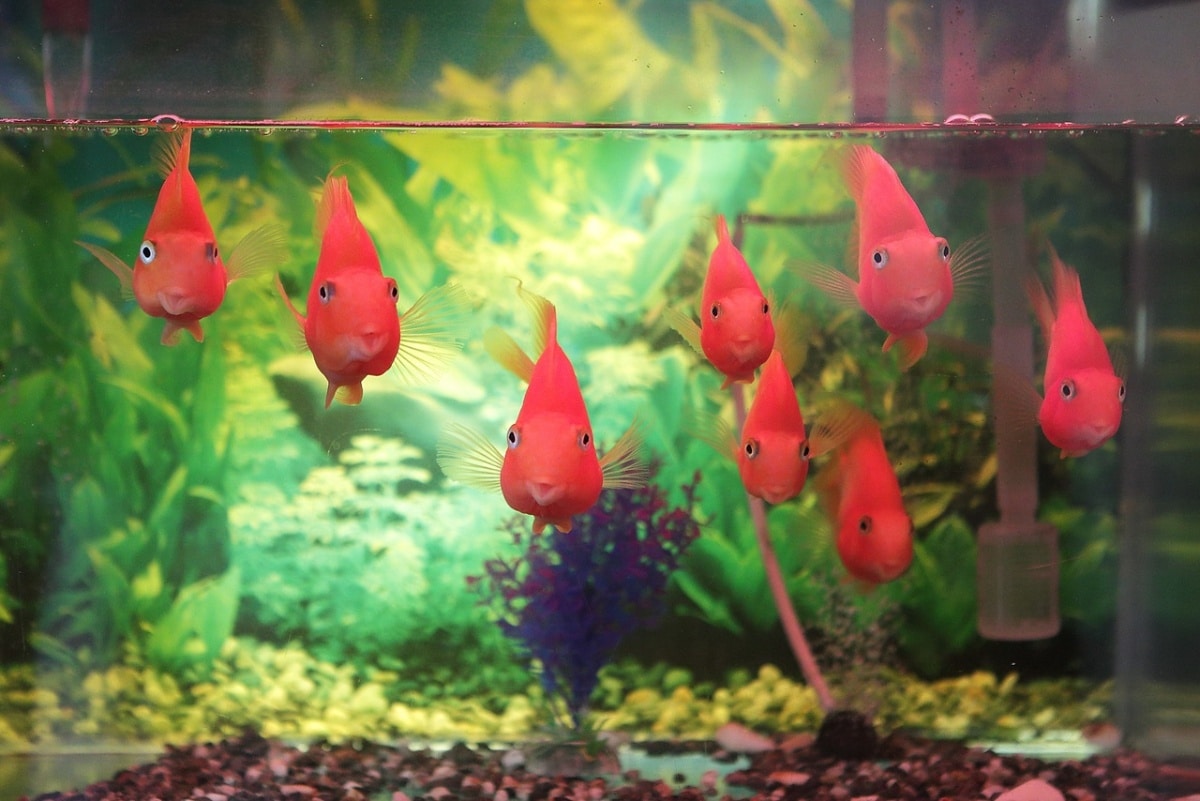
Before, our grandmothers took our temperature with very cute thermometers, filled with a very beautiful but extremely poisonous silver liquid, mercury. Although it is currently rare or even outright forbidden to use mercury in the manufacture of thermometers, it may be the usual method in especially old models, thereby it is important that you make sure that the thermometer you are going to use is not made of this materialOtherwise, if it breaks, it could poison your fish and contaminate the water.
Fortunately, modern thermometers are not made with mercury, but with other elements that also allow a reliable reading of the temperature, such as alcohol dyed red. In case one of these thermometers breaks, luckily your fish will not be in mortal danger, since alcohol is harmless.

An aquarium thermometer is a must if we want the temperature of our aquarium to not fluctuate. and our fish are healthy and happy. In addition, there are so many types that we will hardly find one that does not suit our needs and those of our fish. Tell us, have you tried any of these types of thermometer? Which prefer? Do you think we have left any advice to give?
Fonts thesprucepets, Aquariadise